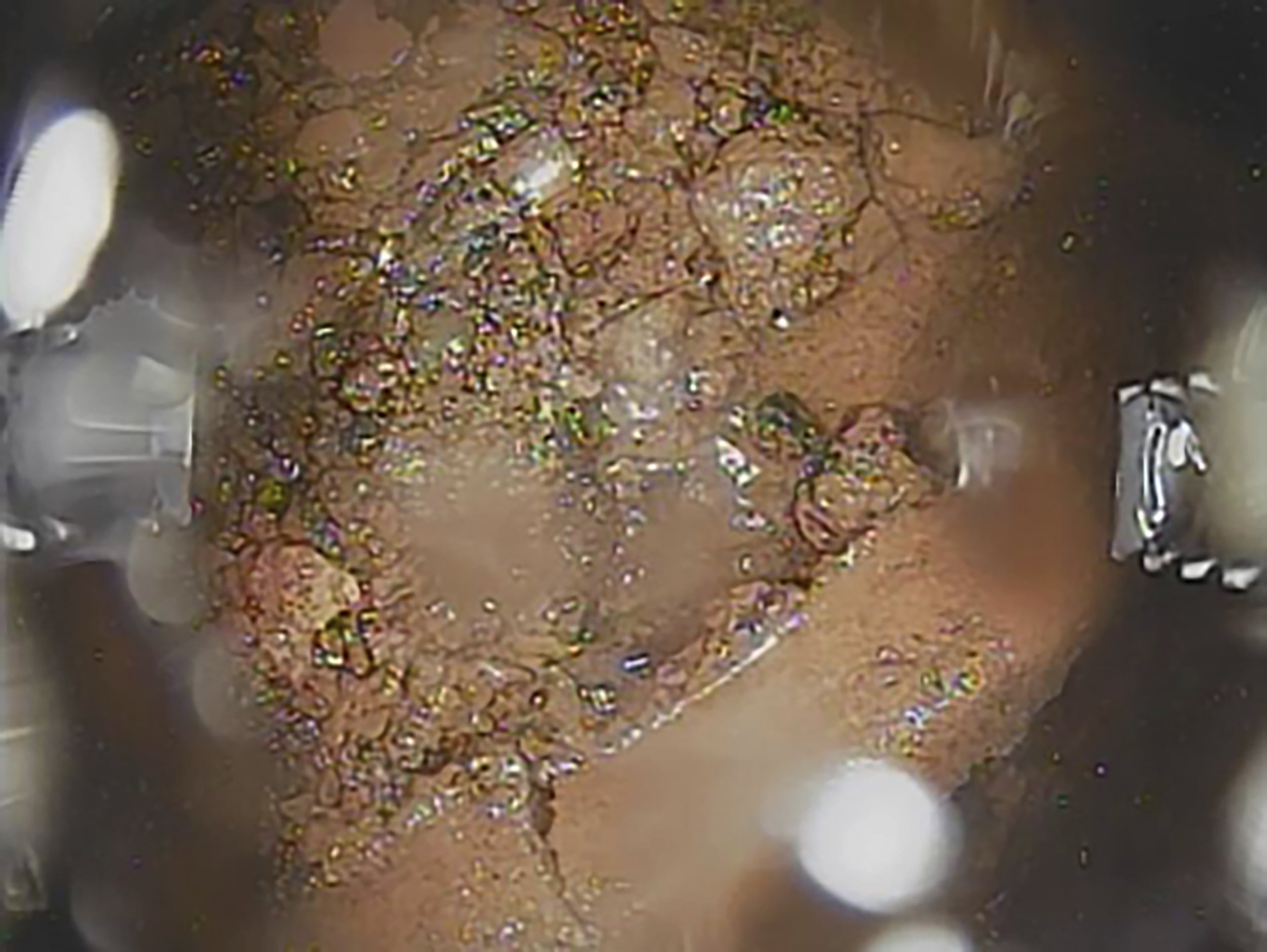TOKYO (AP) – A draft investigation report on the Fukushima nuclear meltdown in 2011, adopted by Japanese nuclear regulators on Wednesday, claims to have detected dangerously high levels of radioactive contamination in two of the three reactors, raising concerns about the decommissioning challenges.
The interim report said the data collected by the investigators showed that the sealing plugs placed over reactor containment vessels # 2 and 3 were fatally contaminated with nuclear fuel debris that melted and fell to the bottom of the reactors after the tsunami and earthquake March 2011.
Experts said the bottom of the sealed plug, a 12-meter (39-foot) three-layer concrete disk-shaped lid placed on top of the primary containment container, is coated with high levels of radioactive cesium 137.
The cap of reactor # 1 was less contaminated, presumably because the plug was slightly displaced and disfigured due to the impact of the hydrogen explosion, the report said.
The experts measured radiation levels at various locations within the reactor’s three buildings and examined how radioactive materials moved and safety equipment worked during the accident. They also said that attempted ventilation at Unit 2 to prevent damage to the reactor never worked and that safety measures and equipment designs still need to be examined.
Contamination of the lid does not affect the environment, as the containment containers are inside the reactor buildings. The report gave no further details on whether or how contamination of the lid would affect the progress of decommissioning.
The chairman of the Nuclear Regulatory Commission, Toyoshi Fuketa, called the findings “extremely serious” and said they would make the removal of molten fuel “more difficult”. He said figuring out how to remove the covers would be a big challenge.
Removing about 900 tonnes of melted fuel wreckage from three reactors is a daunting task that should take decades, and officials have been unable to describe exactly when or how it might end.
The Fukushima plant was due to start removing remnants of molten fuel from Unit 2, the first of three reactors, later this year, before the accident’s 10th anniversary. But in December, the operator of the Tokyo Electric Power Co. plant and the government announced a postponement until 2022. They said the development of a robotic arm for the removal of debris – a joint project with Britain – was delayed due to the pandemic.
According to the current plan, a robotic remote control arm will be inserted on the side of the reactor to reach the melted fuel mixed with the melted parts and the concrete floor of the reactor. Eventually, the covers would also have to be removed, but their contamination is a major setback.
The team of experts entered areas within the three reactors that were previously highly contaminated and inaccessible after radiation levels dropped significantly. They are looking for data and evidence before they get lost in cleaning.
The massive radiation from the reactors caused about 160,000 people to evacuate the plant’s surroundings. Tens of thousands are still unable to return home.
___
Follow Mari Yamaguchi on Twitter at https://www.twitter.com/mariyamaguchi
